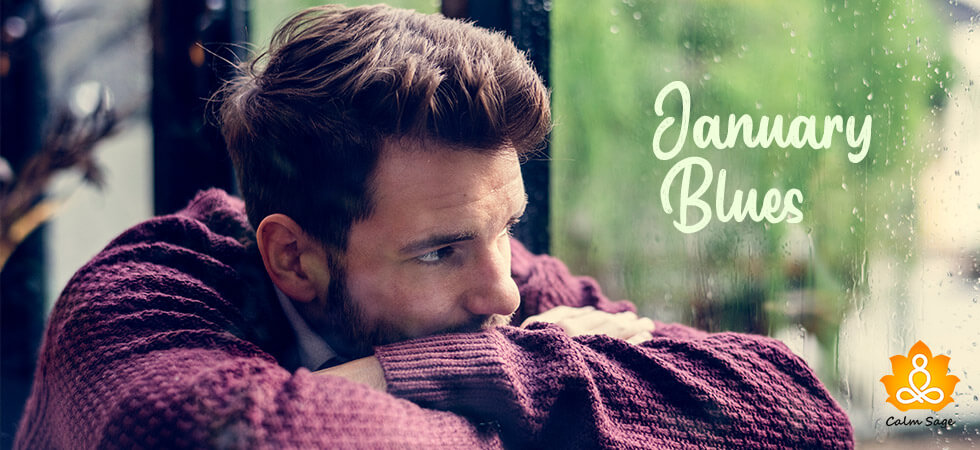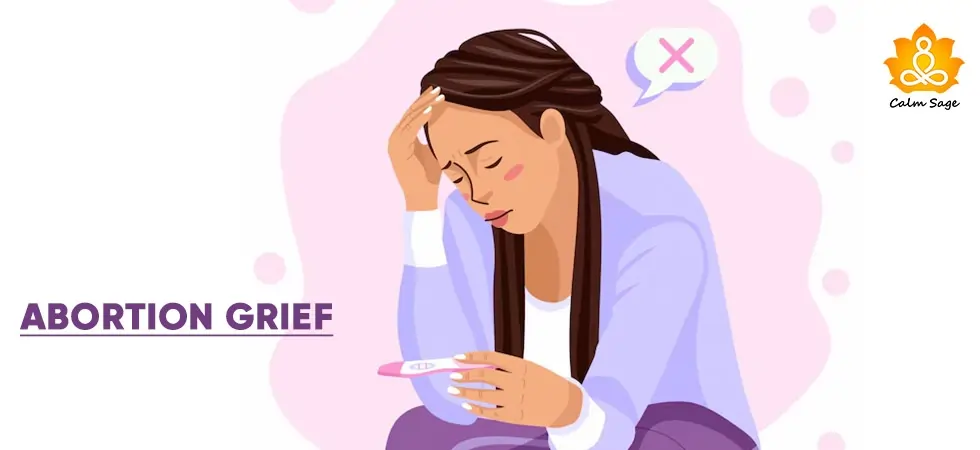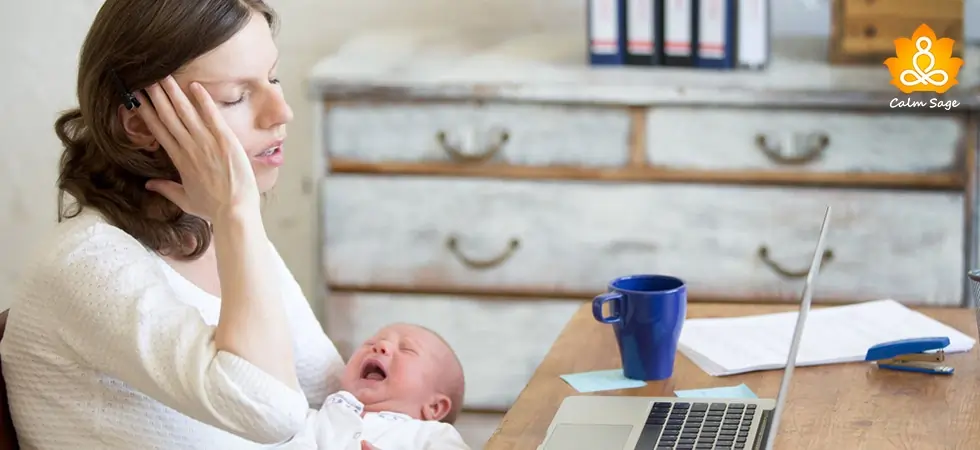Understanding January Depression (And 5 Ways To Beat January Blues!)

Ahh, it’s the New Year! Everything looks new and exciting, right? Well, I’m not going to burst your bubble but did you know that January is infamous for being the most depressing month of the year? Yes! The first month of the New year is considered the Monday of all months! Funny, isn’t it?
Just like “Monday Blues”, there’s a term, “January Blues” or January Depression. A fun fact for you; Historically, the third Monday in January is typically the most depressing day of the year. This is what researchers call, “Blue Monday”.
Now, you must wonder what makes January, the first month of the new year, so depressing. Let me tell you that many factors are said to contribute to this strange phenomenon. They are, but not limited to, the cold weather or winter blues, if I may; reduced daylight hours; holiday hangover; or financial instability.
While Blue Monday may or may not be a hoax, it has been found that people still experience low mood and depressive symptoms in January. Keep reading to understand what is January depression, the signs to look out for, and how you can beat January blues.
What Is January Depression?
January depression or January blues is a term that can be used to describe the period of low energy and low mood that surfaces during the month. While many people enter the new year with enthusiasm and joy, some experience a perpetually low mood during this time.
Depression symptoms and experiences in January can be different for everyone. For some, it may be general hopelessness or helplessness, but for others, it could be an onslaught of negative emotions.
While the most common experience of January Blues can be characterized as depression or depressive episodes, it can also cause an increase in anxiety, guilt, and feelings of shame often accompanied by low self-esteem.
Depressed In January? What Can Be The Reasons?
If you’re feeling down in January and if your mood can be categorized as January Depression, then here are some common reasons why you’re feeling low. Keep in mind that feeling low does not always mean feeling depressed.
Some common concerns of January Blues can include;
- Shorter daylight hours
- Lack of sunlight
- Low activity, in general,
- Low social activities
- Holiday hangover
- Social fatigue
If you think you’re experiencing January blues, then here are the signs and symptoms you need to look out for;
The Signs Of January Blues
January blues is not the same as Seasonal affective disorder (SAD) but SAD can be one of the factors that contribute to January depression. Here are some common signs that you’re experiencing January blues;
- Perpetually low mood
- Fatigue
- Sleep troubles
- Changes in eating patterns
- Loss of interest in activities
- Social withdrawal
- Irritability
- Trouble concentrating
- Low self-esteem
To be diagnosed with a seasonal affective disorder or seasonal depression, you must meet the below criteria set in the DSM-5;
- Symptoms of depression affect important areas of your daily function
- Symptoms of depression begin and end during a specific season
- Symptoms of depression do not occur in or stay past specific seasons
How To Beat January Blues?
1. Keep Track Of Your Social Battery
If you’re feeling fatigued – social or general – you can keep a track of your activities. Make sure you take time for self-care before you welcome the new year. This way, you’ll be well-prepared to tackle the month so it doesn’t overwhelm you. If it helps, then you can spend some time with your social peers or engage in community activities to keep the blues away.
2. Get Enough Sunlight
If your symptoms of January blues are related to seasonal depression, then it is suggested you spend some time in the sunlight. There are many benefits of soaking up vitamin D and those benefits include boosting your mood. Try to spend some time out in the open and make sure you keep the curtains and blinds open.
3. Take A Break From Social Media
When you’re feeling low, it can be good to take some time away from your social media accounts. While social media can be a great way to connect with your friends and community, it can also promote unhealthy habits and diet culture. Make sure you avoid doom-scrolling and plan more outgoing social activities with your loved ones.
4. Plan Fun And Outgoing Activities
You need something to look forward to so that the coming month doesn’t feel too overwhelming. Try to plan more fun and outgoing activities with your friends and family so that you have something to look forward to and distract your mind from the helplessness you might be feeling. Plan a game night, a family trip, or a trip to the bookstore.
5. Know That It’s OK To Feel Low
One of the ways you can beat the January blues is to know and accept that it’s OK to feel low in the new year. Just because everyone else is feeling good and enthusiastic, and you aren’t, does not mean that there’s something wrong with you. Try to reframe your thinking and allow yourself to reflect on your feelings.
What Next?
Experiencing January blues is OK and as valid as anything else, but if you can’t find a reason for your low mood in January, then it could be an underlying sign of something more serious such as a major depressive disorder or seasonal depression.
With the right help and support, you can work through your January depression, but even then if your symptoms of depression are interfering with your daily functioning, then you can speak to a professional for more.
You can also connect with a mental health professional. Click the link below to connect with a professional Today!
I hope this blog helped you understand what January depression is, its signs and causes, and how to beat the January blues.
For more, you can write to us at info@calmsage.com or DM us on social media. You can also share your thoughts with us in the comments section below.
Take Care! And Happy New Year!




















